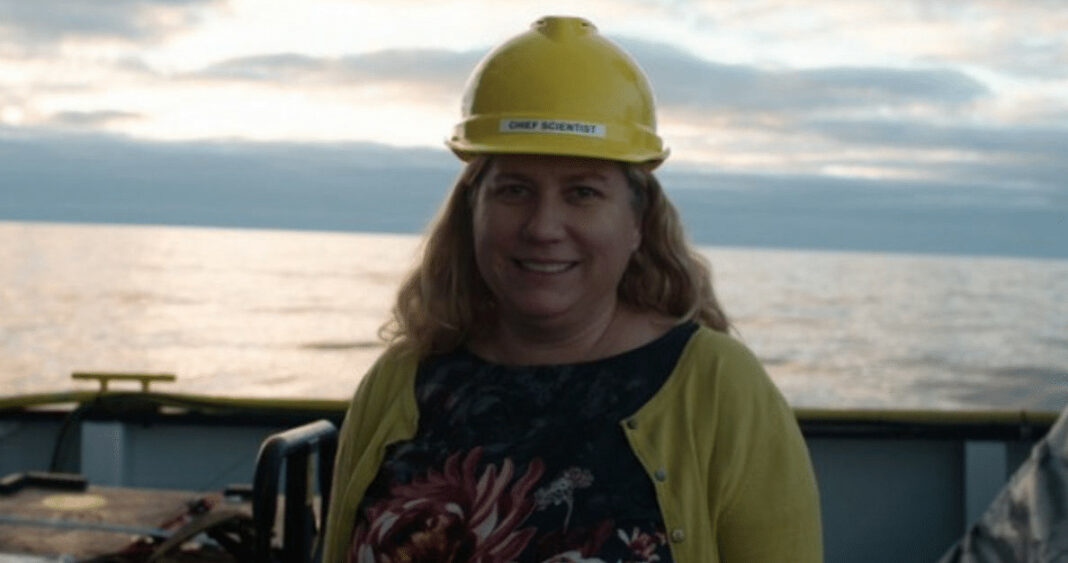Dr. Anna Michel has been appointed as the new chief scientist of the Woods Hole Oceanographic Institution’s National Deep Submergence Facility (NDSF).
Michel, an associate scientist in WHOI’s Department of Applied Ocean Physics and Engineering, is the first woman to serve in this high-profile role effective July 1st, 2021.
The Chief Scientist for Deep Submergence (CSDS) role places her at the forefront of deep submergence for the academic research community, working as a liaison to connect scientists with the WHOI teams that operate WHOI’s underwater vehicles.
Michel said:
“I am looking forward to applying my experience to help support this important, collaborative program. The work of the NDSF enables the oceanographic community to explore, sample, and map the deep ocean and it is exciting to be able to work with scientists on how best to support their research projects.
“This new position also allows me to continue to be a listener in the community; I’m interested in establishing initiatives that would bring more diversity to deep ocean science, and to find ways to improve and advance technology in terms of computer science integration, artificial intelligence and new sensor systems.”
According to WHOI Vice President for Marine Facilities and Operations Rob Munier:
“Anna balances her work in the lab with frequent sea time plus a host of activities related to education and diversification of ocean science and engineering, all of which have earned her the respect of the community. We look forward to her new leadership role.”
Michel graduated with her PhD from the Massachusetts Institute of Technology (MIT)-WHOI Joint Program in Oceanography/Applied Ocean Science and Engineering in 2007. In 2012, she began her career as an assistant scientist at WHOI. She went on to lead the Chemical Sensors Laboratory as an associate scientist, which works on developing new sensors for studying ocean chemistry, including methane sensing, carbon dioxide sensing, and microplastics sensing.
The NDSF operates, maintains and coordinates WHOI’s three deep ocean vehicles including:
- The human-occupied vehicle (HOV) Alvin
- The remotely operated vehicle (ROV) Jason/Medea
- The autonomous underwater vehicle (AUV) Sentry
(Image credit: Kevin McHugh, Schmidt Ocean Institute)

